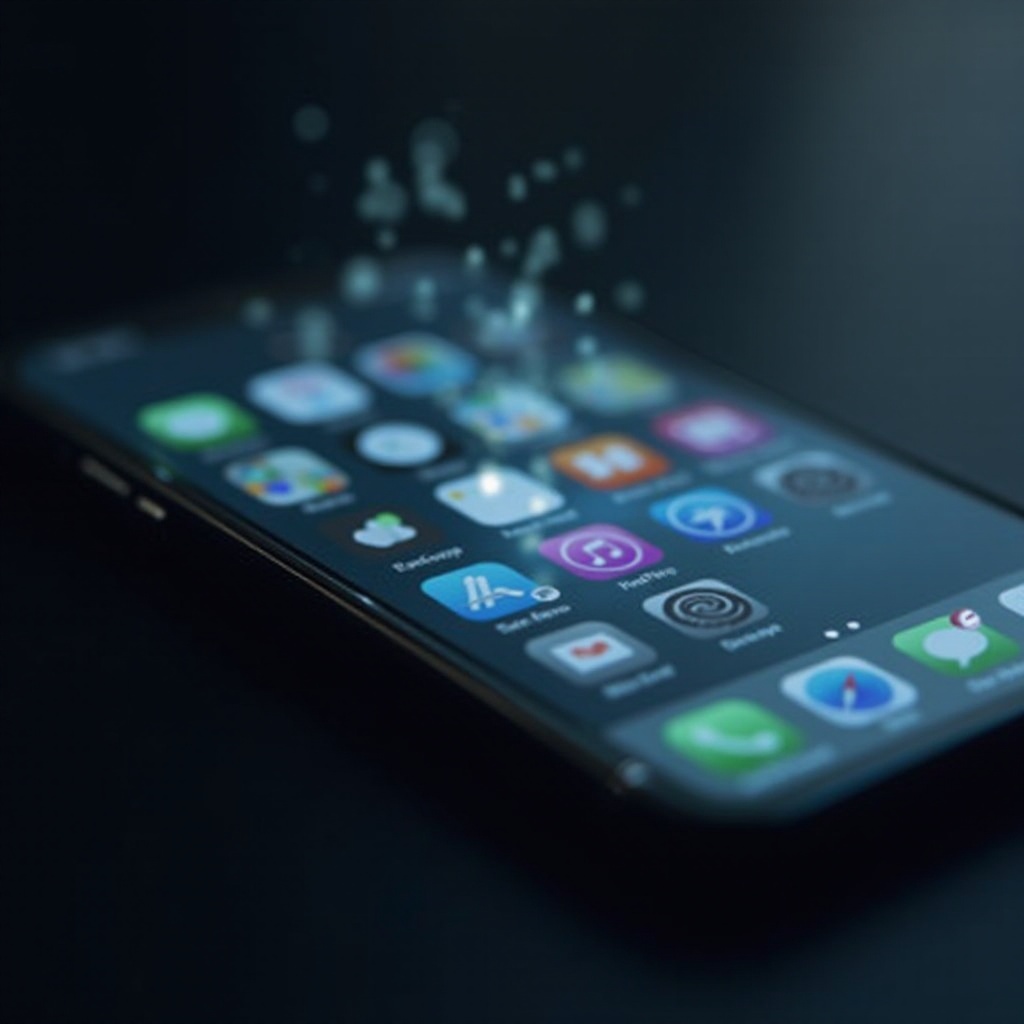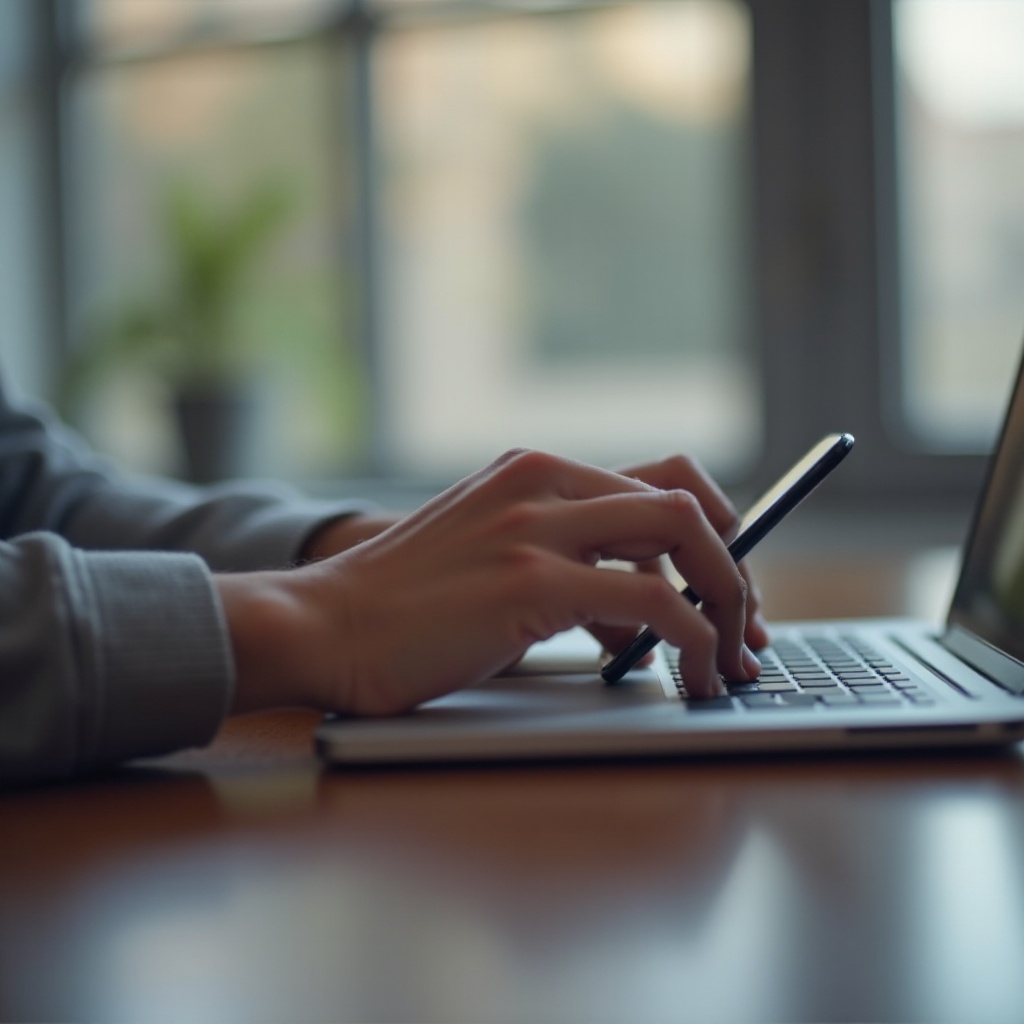
Introduction
Dealing with ghost touch on your iPhone can be incredibly irritating, particularly when your device operates independently of your input. This issue arises when your iPhone screen mistakenly registers touches, leading to unintended commands and disruptions. This detailed 2024 guide will assist you in fixing ghost touch on your iPhone by detecting symptoms and their causes, alongside providing both software and hardware solutions. We aim to furnish you with practical steps and preventive strategies to overcome ghost touch, bringing back the smooth, efficient experience you expect from your iPhone.
What is Ghost Touch?
Ghost touch refers to the unintended response of your iPhone screen to non-existent contact. Symptoms include icons being selected, applications starting on their own, and other unwanted inputs occurring without your touch. These phantom touches can severely disrupt the usability of your phone, calling for immediate intervention to restore normal operations and ensure your device responds as expected.

Common Symptoms of Ghost Touch
Recognizing the symptoms of ghost touch is essential in determining whether your iPhone needs attention.
- Spontaneous Actions: The phone performs random actions like launching apps or scrolling without your input.
- Delayed or No Touch Response: The screen is unresponsive or lags.
- Random Inputs: Text or commands appear without any input.
Understanding these symptoms can direct you toward the most effective troubleshooting methods.
Causes of Ghost Touch on iPhone
Identifying the root causes of ghost touch can streamline the troubleshooting process.
Hardware Issues
- Damaged Screen: Cracks or undue pressure on the screen can compromise touch responses.
- Loose Connections: Problematic digital connections between your iPhone’s display and its logic board can result in erratic touch behaviors.
Software Glitches
- iOS Bugs: Bugs within the operating system can impact screen sensitivity.
- Third-party App Conflicts: Compatibility issues between apps and iOS may lead to desynchronized inputs.
This breakdown aids in navigating towards specific fixes, whether they entail addressing hardware or software glitches.
Basic Troubleshooting Steps
Before diving into complex solutions, it’s prudent to try simpler troubleshooting steps.
Restart Your iPhone
- Press and hold the power button until the slider is visible.
- Slide it to turn off the device, waiting several seconds before powering it back on.
- Hold the power button until the Apple logo appears.
A restart may alleviate temporary software glitches affecting touch functionality.
Clean the Screen
- Gently clean the screen with a soft, lint-free cloth.
- Remove any screen protector or case potentially applying pressure on the display.
Debris or accessories might be the culprits behind touch irregularities.

Software Fixes for Ghost Touch
Address software-induced issues through systematic updates and resets.
Update iOS
- Connect your iPhone to Wi-Fi.
- Open Settings > General > Software Update.
- Download and install any available updates.
Updates frequently address bugs that could be contributing to ghost touch problems.
Reset All Settings
- Go to Settings > General > Reset.
- Opt for “Reset All Settings” to restore default settings, avoiding any data loss.
This approach can eliminate conflicting settings or app-related issues causing ghost touch.
Hardware Solutions
When simpler fixes don’t suffice, inspecting your iPhone’s hardware may be necessary.
Disconnect Peripherals
- Remove any connected accessories such as chargers or headphones.
- Check for ghost touch presence without these peripherals.
External devices might disrupt touch sensitivity.
Check Screen Condition
- Carefully examine your screen for cracks or visible damages.
- If needed, seek professional service for screen repairs.
Compromised screens require expert evaluation to restore touch accuracy.
Professional Repair Options
If persistent ghost touch issues remain unresolved, professional intervention is advisable. Apple-certified technicians can diagnose and address hardware failures, utilizing genuine parts when necessary. Visiting an Apple Store or an authorized service provider ensures your device receives expert care.
Preventive Measures for Future Issues
Avoid future ghost touch incidents through these precautionary steps:
- Invest in Quality Screen Protectors: Ensure optimal touch sensitivity by using high-quality protectors.
- Approve Checklist for Apps: Only install applications from verified and reliable sources.
- Regular Software Updates: Keep your iOS up-to-date with the latest patches.
These habits can help in maintaining your iPhone’s performance and preventing touch-related issues.
Conclusion
Addressing ghost touch on your iPhone is feasible with sensible troubleshooting and ongoing maintenance. Recognizing symptoms, understanding possible causes, and applying appropriate software or hardware solutions are integral to restoring your device’s functionality. In addition, adopting preventive measures can protect against future disruptions. Embrace the techniques outlined in this 2024 guide to normalise your iPhone’s performance, ensuring a ghost touch-free experience.
Frequently Asked Questions
What should I do if my iPhone screen is unresponsive due to ghost touch?
If your screen is unresponsive, first try restarting your iPhone. You might also consider resetting the settings or seeking professional repair services for more persistent issues.
Can ghost touch resolve itself?
In some cases, ghost touch can be temporarily resolved by simple actions like restarting your device or updating its software. For lasting issues, professional evaluation might be necessary.
Is ghost touch covered under warranty?
Ghost touch may be covered under warranty if it’s due to manufacturer defects. Accidental damage might not be, so checking your warranty details or AppleCare terms is advised.
